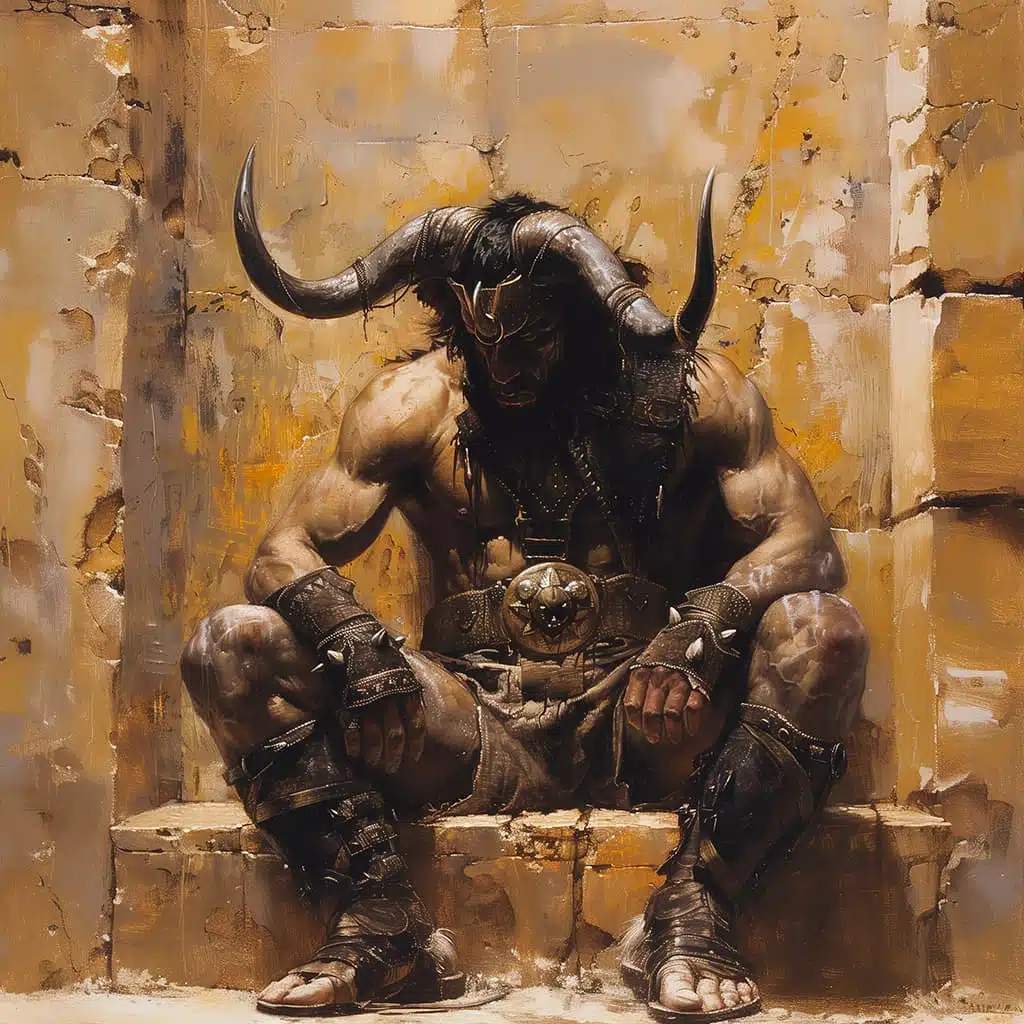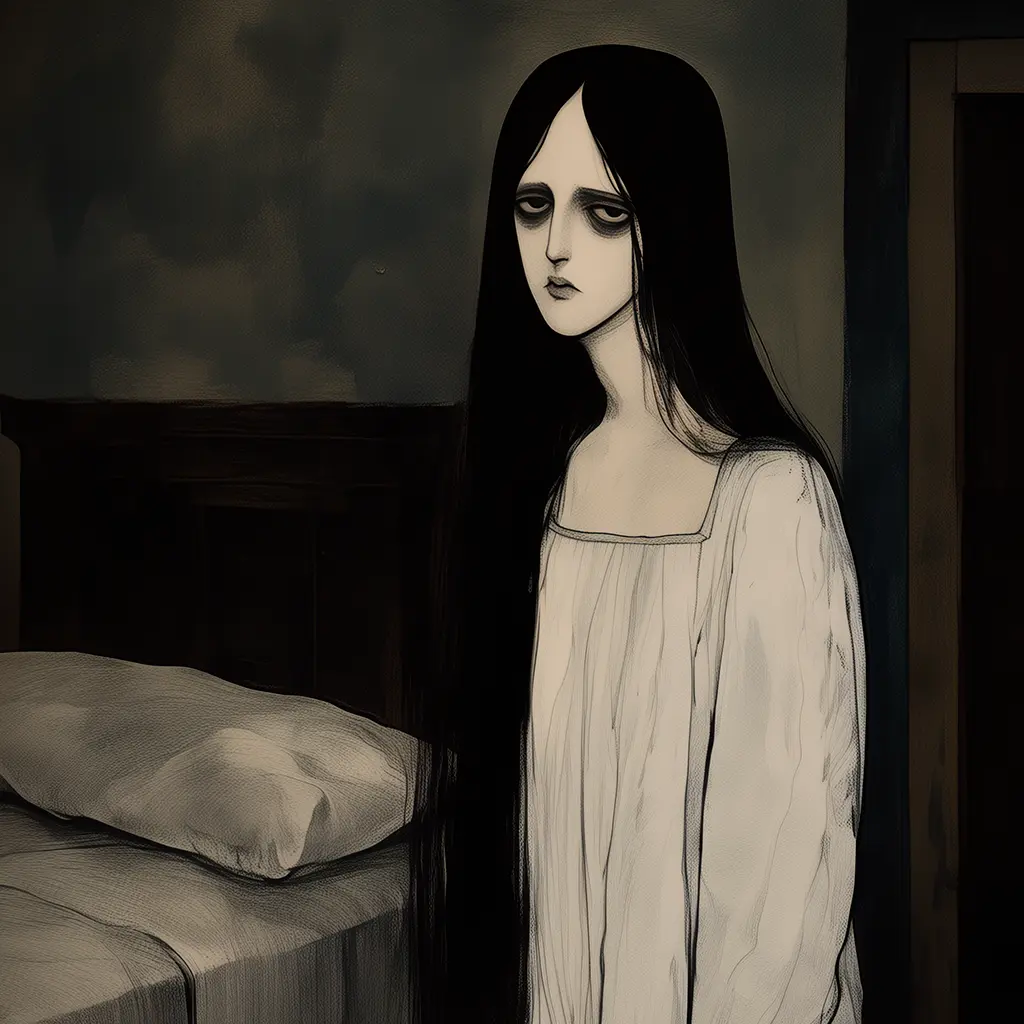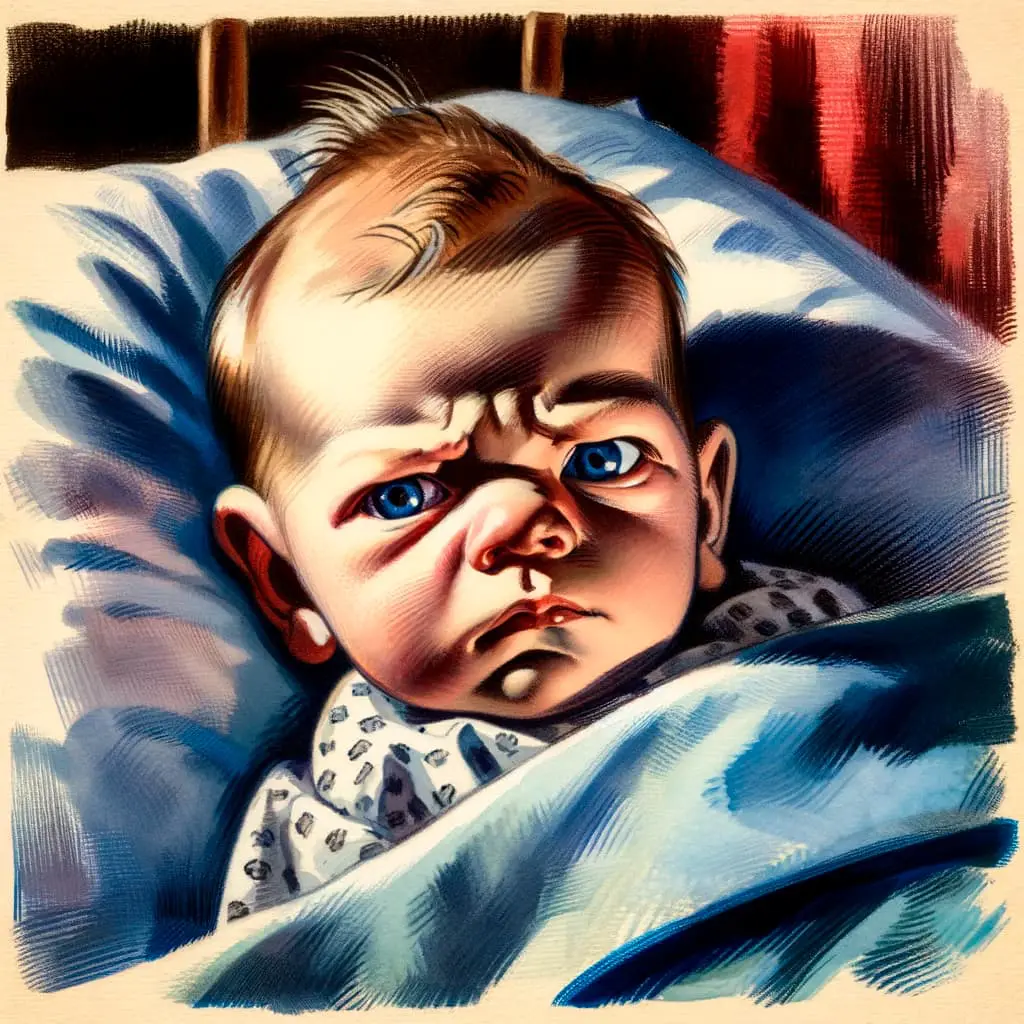Jorge Luis Borges: The House of Asterion
The House of Asterion, a short story by Jorge Luis Borges, published in 1947 in Los Anales de Buenos Aires and later included in the collection El Aleph (1949), explores the life of Asterion, a mythical and enigmatic character who lives in a unique, vast and labyrinthine house. Through a first-person narrative, Asterion describes his solitary existence in this mysterious house, where he entertains himself with various games and reflections while awaiting the arrival of the promised Redeemer.





